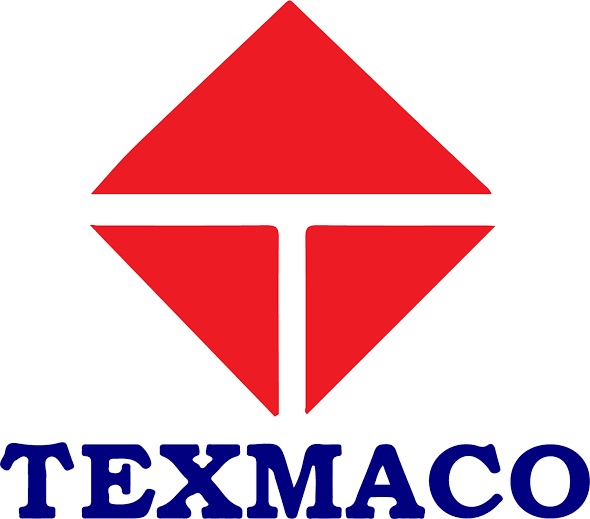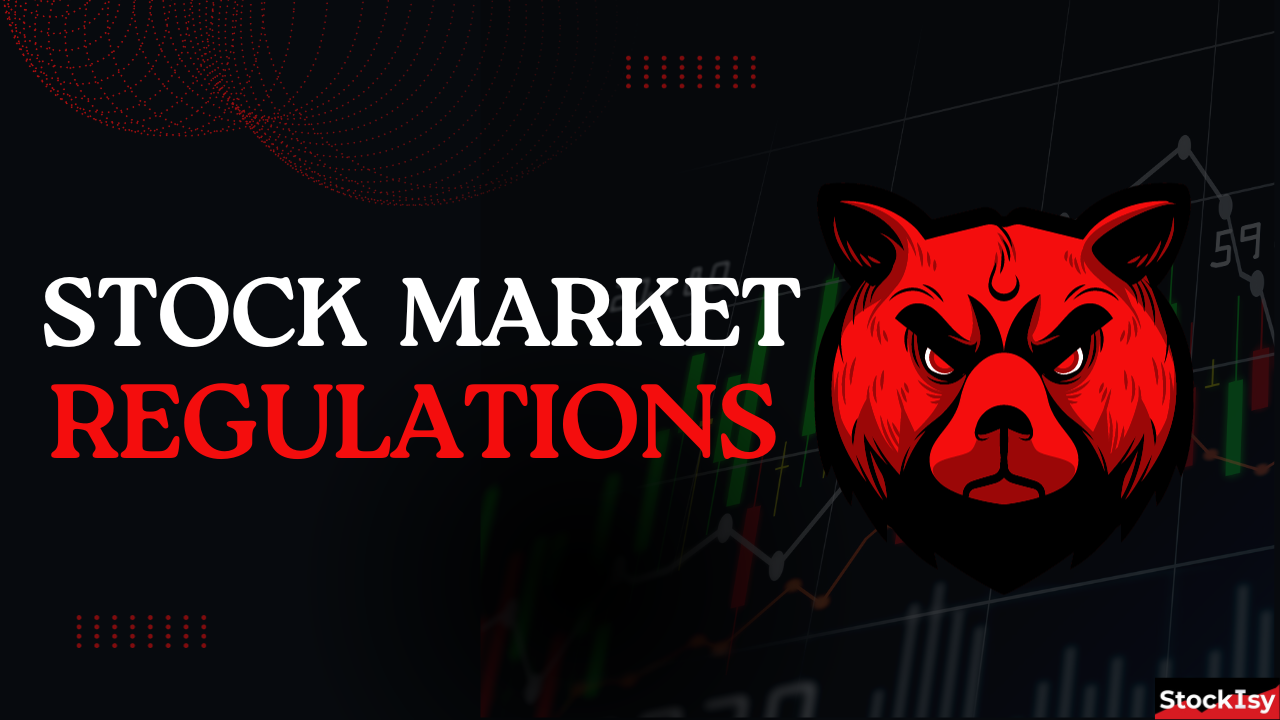Stock market regulations are the set of rules and guidelines that govern the operation and conduct of financial markets. They are designed to maintain fairness, transparency, and investor protection, ultimately ensuring the integrity of these markets. Without proper regulations, the financial landscape would be riddled with chaos and uncertainty.
The SEC and It’s Role in Regulation
The United States Securities and Exchange Commission (SEC) plays a pivotal role in regulating the country’s stock markets. Established in 1934, the SEC’s primary mission is to protect investors, maintain fair and efficient markets, and facilitate capital formation. It achieves these goals through a variety of regulations and enforcement actions.
Types of Stock Market Regulations
Listing Requirements
Stock exchanges impose listing requirements that companies must meet to have their shares traded on the exchange. These requirements include financial thresholds, corporate governance standards, and disclosure obligations. Meeting these criteria ensures that only financially stable and transparent companies are allowed to participate in the market.
Insider Trading Laws
Insider trading regulations prohibit individuals with privileged information about a company from trading its stock for personal gain. This ensures a level playing field for all investors and maintains market integrity.
Market Manipulation Rules
Market manipulation regulations aim to prevent fraudulent activities that can distort stock prices. Such activities include pump-and-dump schemes and spoofing. Regulations in this category help maintain market order.
The Importance of Investor Protection
Investor protection is a core objective of stock market regulations. These rules ensure that investors receive accurate and timely information about the securities they invest in. This transparency builds trust and confidence in the financial markets.
The Role of Self-Regulatory Organizations (SROs)
Self-regulatory organizations like FINRA (Financial Industry Regulatory Authority) complement government agencies in overseeing the securities industry. They enforce regulations, conduct audits, and resolve disputes, contributing to a robust regulatory framework.
Securities Act of 1933 and 1934
The Securities Act of 1933 and the Securities Exchange Act of 1934 are two landmark pieces of legislation that laid the foundation for modern securities regulations in the United States. These acts require companies to register their securities with the SEC and disclose relevant information to the public.
Regulatory Agencies Worldwide
Stock market regulations are not confined to a single country. Regulatory agencies exist worldwide to oversee financial markets and protect investors. These agencies may have different approaches, but their goals remain the same.
Regulatory Changes in the Digital Age
The advent of technology and digital trading platforms has introduced new challenges for regulators. High-frequency trading, cryptocurrencies, and online brokerage apps have reshaped the landscape, requiring regulators to adapt and address emerging issues.
Market Volatility and Circuit Breakers
To prevent extreme market volatility, stock exchanges implement circuit breakers. These mechanisms temporarily halt trading during rapid price swings, allowing investors to regroup and preventing panic-induced sell-offs.
Regulatory Challenges and Criticisms
While regulations are essential, they are not without their challenges and criticisms. Some argue that excessive regulations can stifle innovation and hinder market growth. Striking the right balance between oversight and freedom is an ongoing challenge.
The Impact of Regulations on Stock Prices
Stock market regulations can influence stock prices in various ways. Announcements of regulatory changes, investigations, or enforcement actions can lead to significant price movements, impacting investors’ portfolios.
Compliance and Enforcement
Regulations are only effective if they are enforced. Regulatory agencies employ a range of tools, from fines to legal actions, to ensure compliance. Companies that violate regulations can face severe consequences.
Recent Regulatory Updates
The financial world is constantly evolving, and so are regulations. Stay informed about recent updates and changes to ensure you are in compliance with the latest requirements.
Navigating Stock Market Regulations: Tips for Investors
- Conduct thorough research before investing.
- Stay informed about regulatory changes.
- Diversify your portfolio to mitigate risks.
- Consult with financial advisors for guidance.
- Be cautious of offers that seem too good to be true.
Conclusion: A Secure Future in Stock Markets
In conclusion, understanding stock market regulations is essential for anyone looking to thrive in the world of finance. These regulations serve as a safeguard, ensuring that financial markets remain fair and transparent. Whether you’re a seasoned investor or just starting, knowledge of stock market regulations will be a valuable asset on your financial journey.
Read More: Short Selling In Stocks Market
















